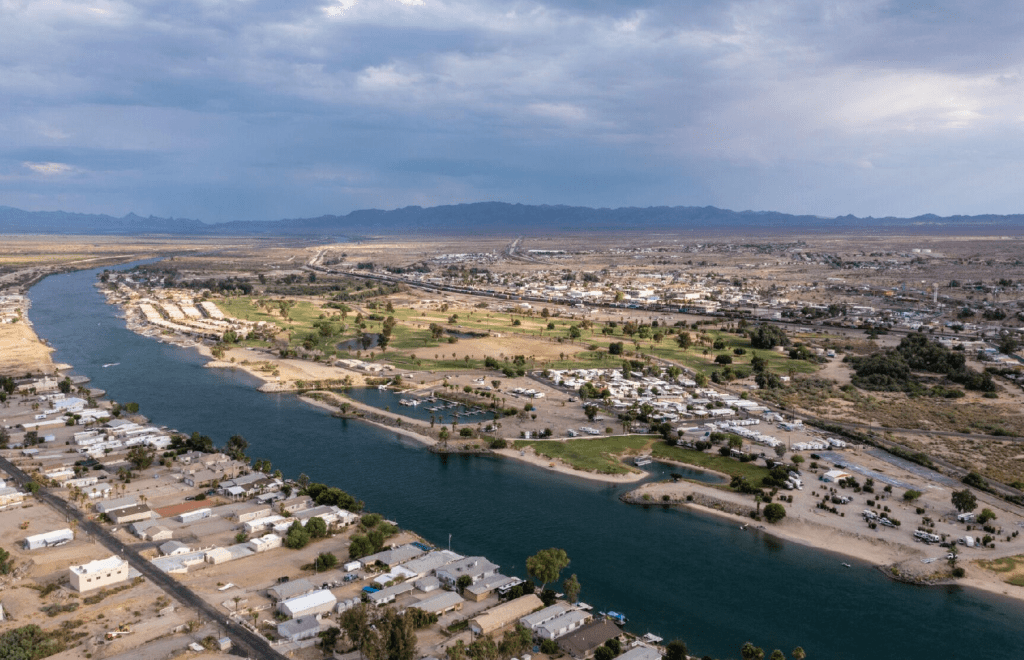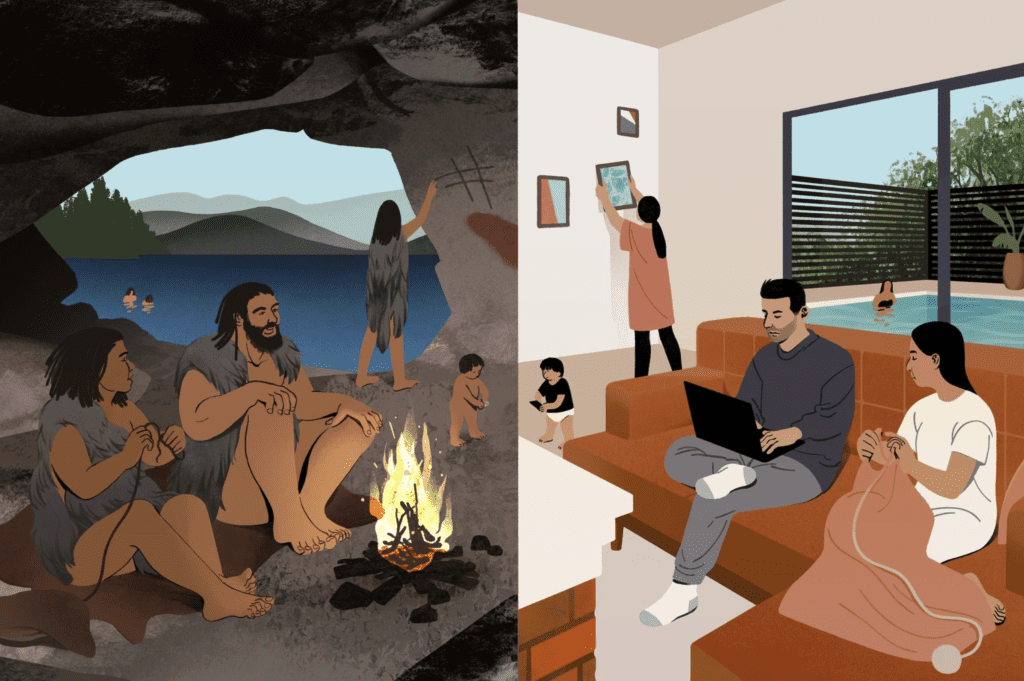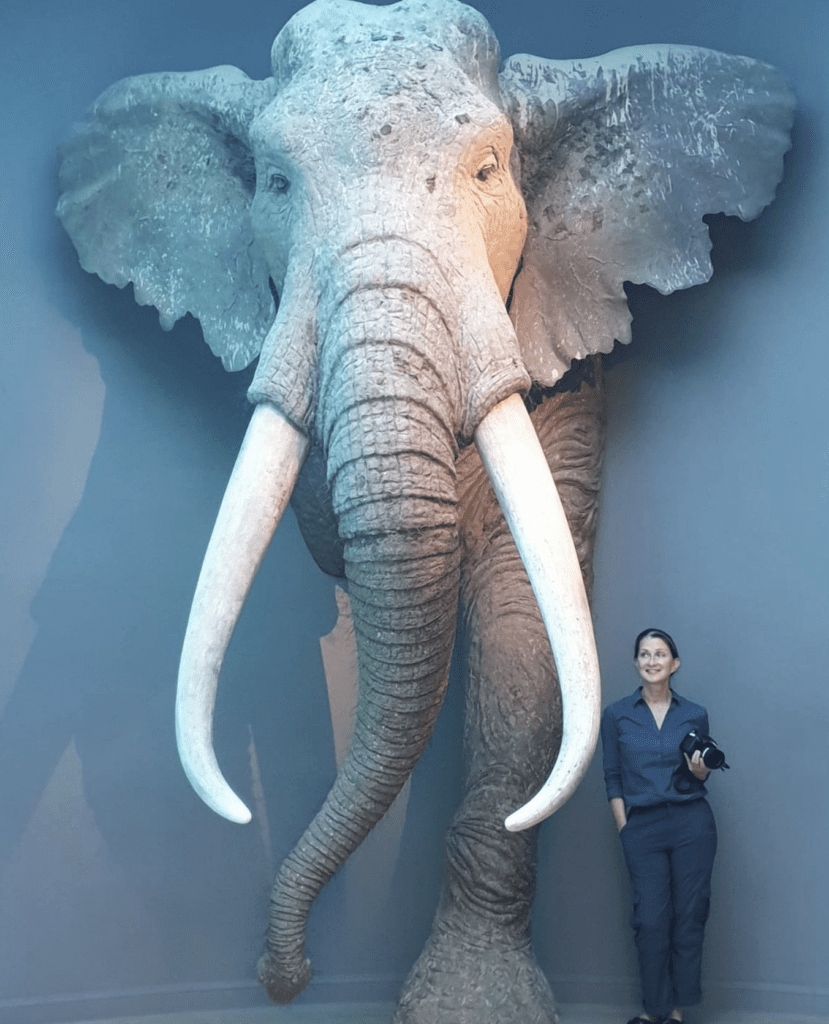- Colorado River Agreement A “Step Back From the Ledge” For Arizona’s River Communities Michael Zogg May 26, 2023 Updated May 28, 2023 Lake Havasu News
Elected officials and water experts in Mohave and La Paz counties are optimistic about the recently announced agreement between Arizona, California and Nevada to reduce water use over the next three years. Not only does the agreement represent the states’

willingness to tackle the region’s water challenges together, it also replaces a couple previous proposals that could have had truly catastrophic consequences for Arizona’s river communities.
The agreement, announced jointly on Monday by governors Katie Hobbs of Arizona, Gavin Newsom of California, and Joe Lombardo of Nevada, would conserve an additional 3 million acre feet of water use on the Lower Colorado River on top of the reductions already in place under the 2007 operating guidelines and the 2019 Drought Contingency Plan– with at least half of those 3 million acre feet being cut in 2024.
The Colorado River flows along the Mojave desert town of Needles, California,
on June 23, 2021. (Brian van der Brug/Los Angeles Times/TNS) Brian van der Brug
2. A Few Tips To Keep Workers Safe From The Heat This Summer.Source: April/May 2023 Occupational Health and Safety
Provide Ample Shade and Water As Temperatures Rise Outside. Under the general duty clause, not providing any of these can result in a a citation.
Not providing adequate shade at your worksite.
Failing to offer—or enforce—mandatory breaks.
Not providing enough potable water at your worksite.
Don’t Forget to Monitor Temperatures Indoors
Many of the considerations that benefit employees in outdoor environments (potable water, breaks, etc.) also benefit them when working indoors, but there’s a key difference.
When working outdoors, every person on your worksite experiences the same weather. If temperatures rise to dangerous levels, everyone knows and can respond accordingly. Working indoors is a whole different ball game, especially if your worksite spans multiple floors.
Offer Protection from Pests
If you’re working outdoors, there’s a good chance you’ll encounter pests during the summer, whether that’s insects, rodents, snakes or some other animal. Fortunately, OSHA has various guidelines on pest prevention.
In the case of spiders, ticks and mosquitoes, it’s best to:
Wear long pants, socks and long-sleeved shirts to protect against stinging and biting.
Apply repellant with DEET directly to the hand and body for protection.
Spray clothing with repellents containing DEET or permethrin. (Important reminder: If using a repellant that contains permethrin, do
not apply it directly to exposed skin.)
Treat bites and stings using over-the-counter products that relieve pain and reduce the risk of infection.
Wear light-colored clothes to see ticks more easily.
Dump out standing water from used sources (tires, buckets, etc.) to reduce or eliminate mosquito breeding areas.
Instruct a coworker to inspect your body for ticks before entering indoor areas.
Supply and Enforce the Use of PPE
Supplying PPE and training employees on its proper usage is a critical piece of any summer safety plan. Before providing PPE, however, it’s important for you to clearly identify every hazard of your worksite. This hazard identification is part of a PPE program and is essential for ensuring you give the right PPE to your team.
Here’s how this hazard identification might work in practice. Employees are on a construction site doing electrical work. The heat index is 90 degree Fahrenheit, and the is kicking up dust.
In response to these potential hazards, you
Put up several tents for shade.
Bring coolers filled with bottled water.
Offer helmets with longer brims to block out the sun.
Give workers eyeglasses to protect them from any flying debris or dust.
Provide a full arc flash suit for team members as the electrical work requires the use of Level 4 PPE for arc flash potential.
Deliver Safety Training to New and Inexperienced Hires
The summer might bring hotter temperatures, but it also brings a wave of new potential talent, whether that’s students (high school, trade school, college, etc.) on break or seasonal laborers looking for a job.
3.Need An OSHA 8 Hr Refresher Class? Contact Dan at sconflict@aol.com or 623-930-8197 with your request. Cost is $80 and that comes with a continental breakfast and lunch.
If I can be of help, give me a date and two weeks notice and we’ll make it happen.
4. Where Do Paludal plants and animals live?
Deep water
Old-growth forest
Marshes
High Deserts
Answer at the end of the newsletter
5. Neanderthals and Us: We’re More Alike Than Once Thought. April 10 2023 Wall Street Journal
One of Homo sapiens’ closest relatives gathered in large social groups, recent studies suggest. Neanderthals might be getting a bad rap. In the movie “Night at the Museum,” when the exhibits come to life after sundown, the Neanderthals are depicted as dimwitted cave men who grunt and bash rocks together in futile attempts to generate a flame. When Ben Stiller’s night-guard character gives them a lighter, one promptly sets himself on fire.
Popular culture has often depicted our Neanderthal cousins much like these museum cave men—also-rans and unsophisticated brutes whose nomadic-hunter lifestyle precluded them from social gatherings and might have contributed to their demise.

But the past decade or so has changed our understanding of Neanderthals. A growing body of research shows these extinct relatives—who overlapped in time and space with anatomically modern humans, or Homo sapiens—were similar to us in many ways. Recent studies suggest Neanderthals altered the landscape around them with fire and were sophisticated hunters who could exploit a variety of prey in groups larger than paleoanthropologists once thought.
“People are really interested in them and always have been, because they provide us a perfect mirror with which to regard ourselves,” said Rebecca Wragg Sykes, an archaeologist and honorary fellow at the University of Liverpool. Recent reassessments of the fossil and archaeological record have helped paint a picture of Neanderthals as really quite capable, she added.
Since the species’ discovery more than 150 years ago, scientists have uncovered bones and teeth from about 400 Neanderthals, known officially as Homo neanderthalensis. These fossils revealed a shorter, stockier species with robust chests and limbs. Neanderthals had a longer skull with pronounced brows and sweptback cheekbones, physically quite distinguishable from the earliest humans, despite being one of our closest relatives.

“The data keeps on stacking up that the Neanderthals are really distinct, anatomically,” said Chris Stringer, research leader in human origins at the Natural History Museum in London. “But when we look at behavioral data, it is almost the inverse pattern.”
Studies show the species used fire to cook, constructed tools to manipulate meat and stone, built structures and made jewelry. They swam and dove for shells, which they used as tools and beads, and distilled birch bark to make tar. Neanderthals decorated and engraved bones and used red ochre—a natural clay pigment—to alter surfaces.
“The more we learn about Neanderthals, the more similar they look to us behaviorally,” Dr. Stringer said.

Scientists have discovered, too, that Neanderthals buried their dead in a fashion—at one site in Iraq named Shanidar, fossilized pollen showed flowers might have been involved in such an interment. They also cared for their sick and injured peers, and combined twisted fibers into string that could have been used to make nets, mats, baskets or fabric.
Genetic and fossil evidence shows Neanderthals thrived across Europe and western Asia between about 400,000 and 40,000 years ago—hunting in and weathering a climate that vacillated from a glacier-dominated Ice Age to mild, interglacial periods that resemble the Northern Hemisphere today.
“They had to be very flexible to cope with that,” Dr. Wragg Sykes said. “And perhaps Neanderthal social structure itself changed in response to the different opportunities and challenges that came about through different environments and climates.”
Indeed research suggests they ate plants but were also intelligent and skilled enough to target a variety of prey beyond terrestrial, large animals such as bison and deer. A February study showed how Neanderthals living on the Iberian Peninsula harvested and ate brown crabs, bringing them back to a cave to roast on a fire before cracking them open and gulping the meat inside.
These crabs normally live in deep waters but come to the shore to reproduce during the summer and can get trapped in intertidal pools when the water retreats, according to Mariana Nabais, an archaeologist at the Catalan Institute of Human Paleoecology and Social Evolution in Spain.
“So to get them, they had to know about the tides and crab behavior,” she said. “It shows abstract thinking, it shows planning, it shows that they understood the environment where they were living.”
Our cousins also consumed tortoises, rabbits, birds, fish and shellfish, Dr. Nabais added.
Another recent study, published in the journal Science Advances, suggests Neanderthals also hunted and butchered straight-tusked, Ice Age elephants. The research, based on fossil evidence from a 125,000-year-old site named Neumark-Nord in Germany, suggests Neanderthals might have gathered there in larger-than-expected groups at times to consume meat.
The study authors looked at thousands of tusks, teeth and bones from about 60 elephants that showed Neanderthals who had gathered at Neumark-Nord flayed meat off bones using tools, and then possibly roasted or dried their catch. One 11-ton elephant could feed 25 people for three months, or 100 people for a month, or 350 people for a week, the researchers calculated.
“They were having these meat bonanzas, which indicates smaller groups subsisted within a larger network that obviously kept in contact,” said Dr. Sabine Gaudzinski-Windheuser, co-author of the study and zooarchaeologist at the Monrepos Archaeological Research Center and Museum in Germany.
Such gatherings help upend the idea that Neanderthals were primarily nomadic hunter-gatherers that stuck to small groups all the time.

Indeed, a 2021 study based on other archaeological evidence from Neumark-Nord suggested the groups of Neanderthals who gathered there permanently changed the landscape. Stone artifacts, animal bone fragments and abundant traces of burned wood suggest repetitive campfires. Trampling of the area during hunting reshaped the local vegetation, opening up what was initially a forested area, the researchers said.
“They have always been seen as something very other-than-us,” said Briana Pobiner, a Smithsonian Institution paleoanthropologist. “Sometimes it is a little unnerving when scientists go, ‘Actually, Neanderthals could do this too’…so the question becomes why are we here? And they are not?”
Copyright EnviroInsight.org 2023
Answer to No 4 above: Where Do Paludal plants and animals live?
Marshes
Part of Speech Adjective
(Of a plant, animal, or soil) Living or occurring in a marshy habitat.
Ducks generally prefer to nest in a paludal area.
At the base of the hill was a paludal spot full of bulrushes.
Latin, 19th century
